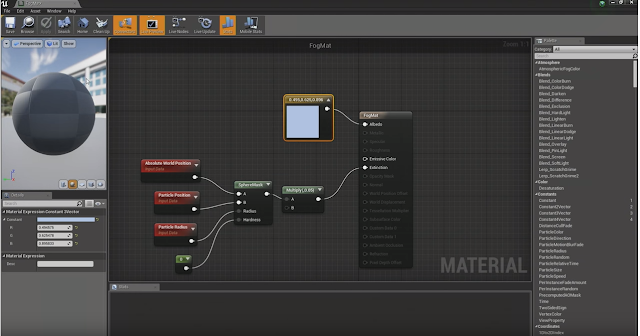Ten Principles for Good Level Design
Dan Taylor provides a Ramsian-style breakdown of how to create world-class levels, which distills the art and science of level design down to a concentrated set of fundamental principles for innovation, engagement, and immersion.
Watch the full video here: https://www.youtube.com/watch?v=iNEe3KhMvXM
Quick guide breakdown:
Watch the full video here: https://www.youtube.com/watch?v=iNEe3KhMvXM
Quick guide breakdown:
- Good level design is fun to navigate but throw in some chaos.
- Does not reply on words to tell a story.
- Tells the player what to do, but not how to do it by giving clear objectives.
- Good level design constantly teachers the player something new with new mechanics
- Surprise players by taking risks and changing aesthetics or pacing.
- Embrace the escapism and empower the player.
- Use risk reward so players can choose there own difficulty dynamically.
- Design of non linearity, bidirectionalarity, modularity and efficiency.
- Work backwards to create an emotion response using level mechanics
- Level design is driven by mechanics.
These are not weighted in priority, each project will require some adjustments and reordering.


